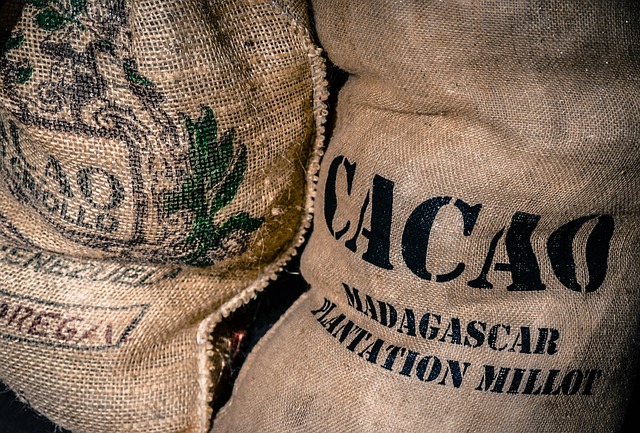 Cocoa powder is a processed derivative of the Theobroma cacao plant. Cocoa is made by roasting and grinding the beans, a process that is similar to making ground coffee from the coffee bean. The roasting of the beans is a processing step and as such chemical reactions occur within the beans, causing a slightly different phytochemical profile than is contained in the raw beans. Studies have compared raw cacao beans with roasted beans for their antioxidant properties. Generally roasting causes some loss of total antioxidant capacity. This may relate to the heat applied during roasting. Puffing is an alternative to roasting, which involves heating and applying pressure to the beans, a process often used on cereal grains. Puffed cacao contained more antioxidants that roasted cacao beans suggesting that puffed cocoa may be more healthy. However, as cocoa is so widely available, and has been evidenced in the literature to be beneficial , there is no real compelling reason to switch to unprocessed cacao powder at present.
Cocoa powder is a processed derivative of the Theobroma cacao plant. Cocoa is made by roasting and grinding the beans, a process that is similar to making ground coffee from the coffee bean. The roasting of the beans is a processing step and as such chemical reactions occur within the beans, causing a slightly different phytochemical profile than is contained in the raw beans. Studies have compared raw cacao beans with roasted beans for their antioxidant properties. Generally roasting causes some loss of total antioxidant capacity. This may relate to the heat applied during roasting. Puffing is an alternative to roasting, which involves heating and applying pressure to the beans, a process often used on cereal grains. Puffed cacao contained more antioxidants that roasted cacao beans suggesting that puffed cocoa may be more healthy. However, as cocoa is so widely available, and has been evidenced in the literature to be beneficial , there is no real compelling reason to switch to unprocessed cacao powder at present.

The antioxidant content of cacao beans stems mostly from the presence of polyphenols, including proanthocyanidins. The amount of theobromine, catechin, epicatechin, and procyanidin B2 may be higher in puffed cacao beans compared to roasted cacao beans. However, puffed cacao beans are more bitter than cocoa, and this may put off consumption in some individuals.
Eat Well, Stay Healthy, Protect Yourself
RdB
